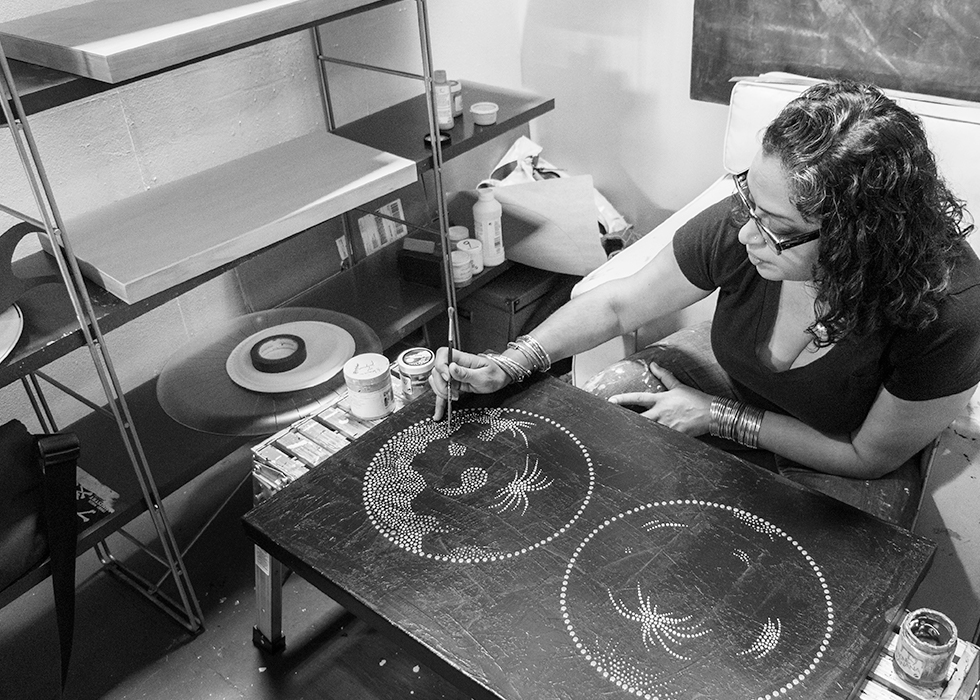Small Budget Investment Strategies
A common myth about investing is that you need a lot of money just to get started. In reality, you can start building a solid portfolio with a few thousand, or even a few hundred, dollars.
Where to start?
Whether you’re planning to invest a little or a lot, in safe bets or high-risk gambles, these steps should help you get started.
Automate your savings
Setting aside a certain amount in savings every month can start to add up in the long run. If you have a solid budget in place, consider automating your savings.
There are some apps out there that can help you with this. They make saving spare change easy by rounding up your purchases and other transactions to the nearest dollar and putting aside the “savings.”
Acorns, Qapital, and Chime all round up transactions from your credit and/or debit cards and return the money to you in savings-friendly vehicles.
Be sure to read all user agreements and fine print before you sign up for any of these apps.
If you don't feel comfortable using apps, you can always set up automatic transfers to your savings account in Online & Mobile Banking.
Make sure to give attention to your debts
Before you begin to save, analyze what it’s costing you to carry debts you already have, and try to develop a strategy to help pay those off. After all, high-interest credit cards can carry rates of 20% or more, and some student loans have interest rates over 10%.
If you have a lot of high-interest debt, it makes more sense to pay off at least some of it before you make investments. While you can’t predict the exact return on most of your investments, you can be certain that eliminating a debt with a 20% interest rate one year early is as good as earning a 20% return on your money.
Start thinking about your retirement too
A key goal of saving and investing, even at an early age, should be planning for your golden years. One priority in your planning should be taking full advantage of programs offered by governments and employers to encourage retirement security.
If your company offers a 401(k) retirement plan, don’t overlook it, especially if your company matches part or all of your contribution. 401(k)s and some other retirement plans are also powerful investments because of their favorable tax treatment. Many allow you to contribute with pretax dollars, which reduces your tax burden in the year you contribute.
With others, such as Roth 401(k)s and IRAs, you contribute with after-tax income but withdraw the funds without tax, which can reduce your tax hit on the year of withdrawal. And remember, if your money has grown for many years, there will be much more than you originally contributed, so those tax-free withdrawals will be worth it.
In both scenarios the earnings on what you invest accumulate tax-free within the account. Even if your employer doesn’t offer any match on your 401(k) contributions, a plan is still a good deal.
Think about investing your tax refund
If you find it hard to save money throughout the year, consider setting aside part or all of your tax refund as a way to get started with investing. It’s one of the few moments in the year where you’re likely to get a windfall that you weren’t already counting on.
How to invest $500
It may seem like a small amount to work with, but $500 can go farther than you might think. If you prefer to play it safe, consider an SF Fire Credit Union Term Certificate. Or consider buying short-term Treasury bills, which can be purchased through an online broker.
The growth potential with both options is limited, but the risks are virtually zero. It’s a way to earn a little on your money until your nest egg grows to the point where other options are available.
If you're comfortable with a little more risk there are options available that can have greater returns than CDs or T-bills. One is a dividend reinvestment plan (DRIP). You buy shares of stock, and your dividends are automatically used to purchase additional shares or even fractional shares. This is a great choice for small investors because the shares are purchased at a discount and without paying a sales commission to a broker. Buying a single share of a company’s stock will get you started.
Another option for starting small is an exchange-traded fund (ETF), most of which require no minimum investment. Unlike most mutual funds, ETFs typically feature a passive management structure, which translates to lower ongoing costs.
However, you'll likely have to pay fees on their transactions. To lessen these charges, consider using a discount broker that does not charge a commission. Or plan to invest less often, perhaps investing larger amounts quarterly rather than making small monthly purchases.
How to invest $1,000
If you’re saving for retirement or a home purchase that’s some years away, you might look for a low-fee target-date fund with a relatively low minimum investment, typically of $1,000 or so.
With this type of fund you choose the target date. The investments in the fund are automatically adjusted over time, with the overall mix moving from riskier to safer as your target date becomes closer.
Why is this important? When you’re just starting out, you have time. You can make riskier investments that might earn higher returns. However, as you near your target date, especially if that’s your retirement date, you want to protect yourself from sudden losses that can derail your plans.
With that $1,000, you also could consider purchasing individual stock shares, which come with higher risk but can generate higher returns. Investing in individual stocks that pay dividends is a smart strategy. You will have the option of receiving the dividends as cash payouts or reinvesting them in additional shares.
How to invest $3,000
This investment level allows access to additional options, including more mutual funds. While some funds require a minimum investment of $1,000 or less, a larger sum is more common, such as the $3,000 required by Vanguard for most of its funds.
Among the many fund types, consider looking first to an index fund, a type of mutual fund that tracks a specific market index, such as the Standard & Poor's 500 or the Dow Jones Industrial Average, and offers relatively low fees. Like ETFs, index funds are passively managed, which means a lower expense ratio, which in turn moderates fees.
The goal of an index fund is to at least match the performance of the index. It also gives you broad exposure to a number of asset classes.
How to invest $5,000
The possibilities become broader at the $5,000 level, including more options for investing in real estate. While $5,000 isn’t enough to purchase property, or even to make a down payment, it’s enough to get a stake in real estate in several other ways.
The first is to invest in a real estate investment trust (REIT). This is a corporation that owns a group of properties or mortgages that produce a continuous stream of income. As a REIT investor, you’re entitled to a share of the income generated by the underlying properties. REITs are required by law to pay out 90% of their income to investors as dividends annually.
Investors can also choose between debt and equity investments in commercial and residential properties, depending on the platform.
Returns for debt investments range from 8% to 12% a year. Equity investments can see higher yields if the value of the property increases. Keep in mind that this type of investment can carry more risks than more traditional investments.
The bottom line
Investing can get complicated, but the basics are simple. Maximize the amount you save and your employer’s contributions. Minimize taxes and fees. Make smart choices with your limited resources.
The hardest part of investing is getting started, but the sooner you do so, the more you should make.
Before you invest, make sure you have already built an emergency savings account and you have a solid monthly budget in place. Make sure you understand the risks involved, and only invest money you can afford to lose.




